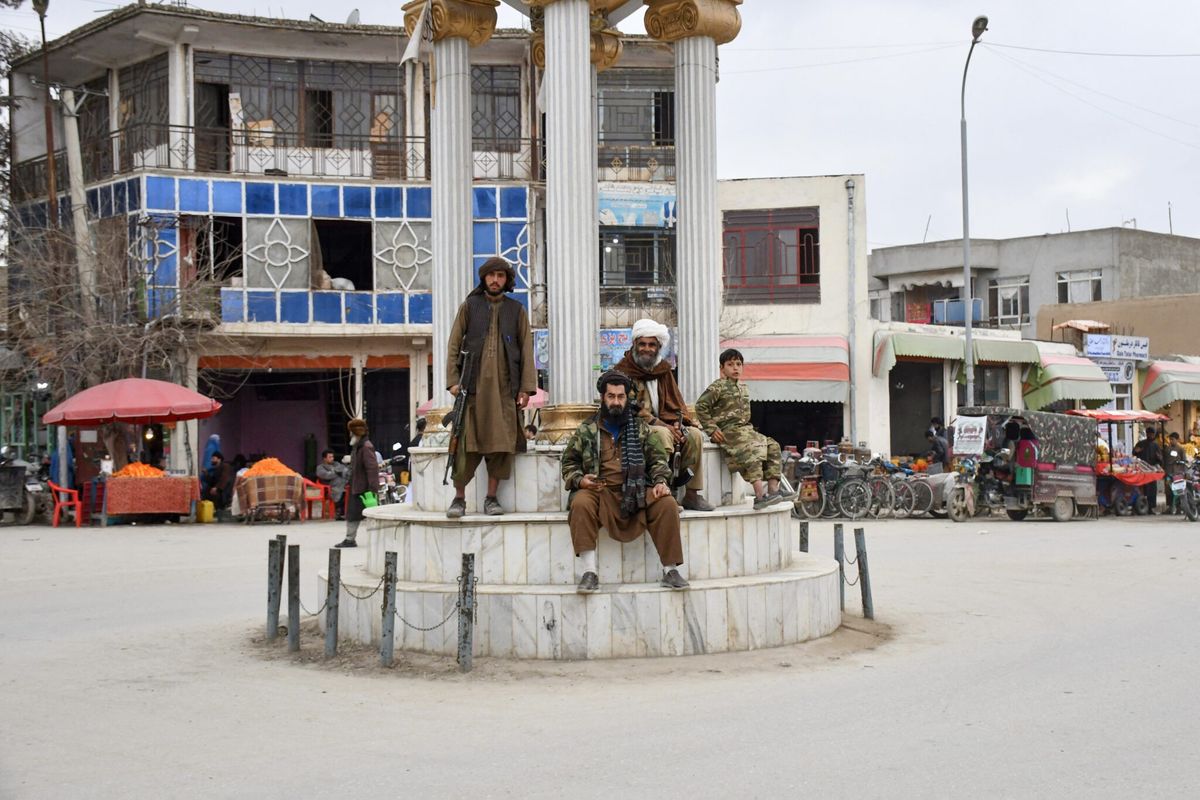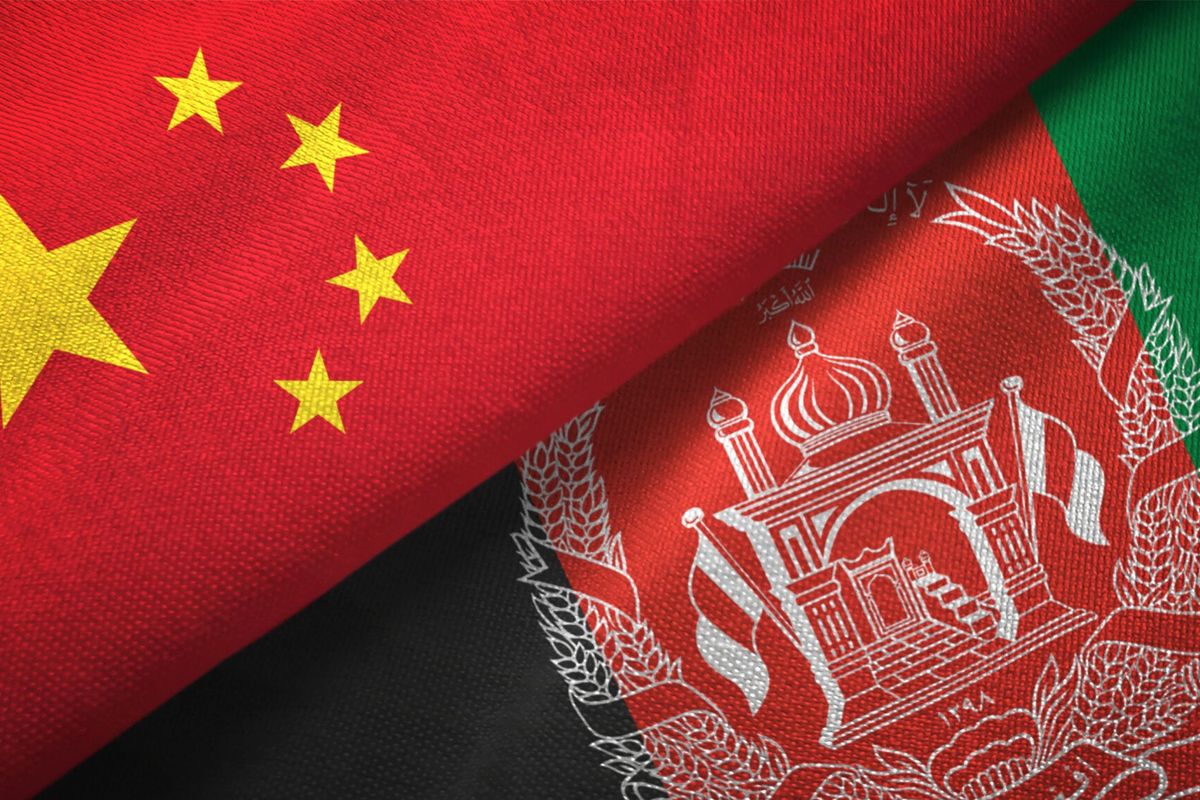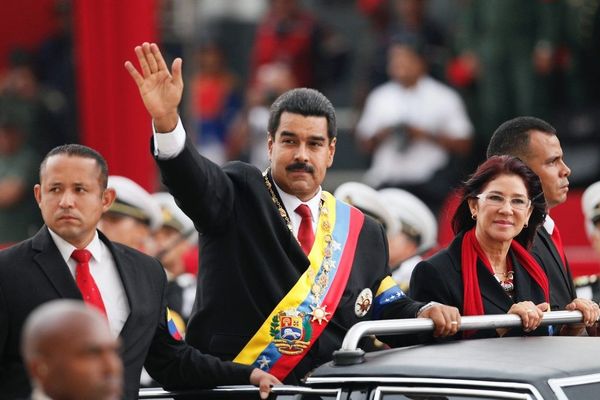Taliban fighters are pushing towards Tirin Kot, the capital of Afghanistan's southern Uruzgan province, while two other cities – Kunduz in the north and Lashkar Gah in the southern Helmand province – remain under threat.
Since the start of summer, the Taliban has ramped up its campaigns across Afghanistan and increased attacks on civilian targets, particularly in urban centers like Kabul.
Taliban insurgents have steadily been gaining ground, with Afghan forces struggling to contain them. Last year they briefly overran Kunduz, the first major city to temporarily fall to the Taliban since 2001.
The Cipher Brief’s Leone Lakhani spoke to Anthony Cordesman, who holds the Arleigh A. Burke Chair in Strategy at the Center for Strategic and International Studies. She asked him about the state of the Taliban in Afghanistan today and why they still pose a threat, 15 years after being toppled by a U.S.-led invasion.
The Cipher Brief: Why have we seen a sudden rise in the number of attacks this summer, particularly with the Taliban making inroads in the Kabul area?
Anthony Cordesman: I think what you’re seeing is more than an increase in attacks. Last year you saw a steady rise not only in casualties, but in the expansion of the areas where the Taliban and other insurgents were operating.
They have found weaknesses in the Afghan security forces. And they have found that these kinds of attacks have very high visibility. They convince people inside Afghanistan that they don’t have security, that the government is not providing the protection they need. But more importantly, they discovered they get a great deal of international attention.
One thing you have to keep remembering is that these attacks don’t have to succeed in penetrating the best defended areas to have a tremendous political impact.
TCB: On a scale of 1 to 10 then, how would you rate the threat of the Taliban in Afghanistan now?
AC: You have to say that it has many weaknesses and divisions, so you would give it somewhere between a six and a seven. But the other problem here is the Taliban’s strength has to be measured with the government, and the government is deeply divided. It is extremely corrupt. It’s divided by power brokers and war lords. The reforms that people like (President Ashraf) Ghani have proposed have not really had a major impact. So one of the problems is that if the Taliban is far from perfect. The government is frankly no better.
TCB: How soon would the Afghan forces be capable of maintaining their own security? President Barack Obama announced that the U.S. would keep 8400 troops in Afghanistan through the end of his presidency. Is that enough to maintain stability?
AC: There’s no real explanation on how those numbers are used or being allocated. Manpower has nothing to do with key capabilities that only the U.S. can provide, like effective combat support. It doesn’t say anything about the special counterterrorism forces the U.S. has in combat.
Just giving a number doesn’t tell you that we can’t provide people to adequately train each of the cores, much less the combat units for those personnel who can be the most valuable. These are battalion size elements called kandaks. And the police, which make up about 40 percent of the forces, have never had any support in any adequate way since the major combat forces left at the end of 2014.
I think that one of the problems that we really have is that we have a tendency to focus on one of the most meaningless numbers, rather than whether you have the right people doing the right thing.
TCB: Part of Washington’s mission was to provide training for the Afghan forces. Is that not the right type of training, you mean?
AC: It has never been really the right kind of training, because creating new combat units – what we call force generation – is certainly necessary. But if you want them to be combat effective, and you don’t have the massive combat presence we had until the end of 2014, you have to send people forward who can advise at the combat unit level.
The problem is that we focused on generating new combat forces and getting them properly equipped in modern facilities. We haven’t focused on making them actual capable fighters. And we haven’t provided anything like the assistance to the police that we’ve provided to the army.
TCB: Would you say the turning point was 2014 when NATO ended its combat mission and that’s when we started seeing a rise in violence?
AC: Your problem really began in 2012 when you effectively told the Taliban you were planning to leave regardless of how capable the government or Afghan forces were. And then, in some ways, it started earlier when you threw aid money at the Afghan government without insisting that it would be properly used and managed. You helped take a country that had limited amounts of corruption and made it one of the most corrupt in the world. It isn’t just a matter of one set of actions here. The problems have built up over time.
And you could say that one of your key problems was that you invaded Iraq and gave that priority over Afghanistan. So you started a second war before you really finished the first.
TCB: We’re coming to the end of this administration, so going forward, what should the U.S. strategy be in helping the Afghan government create some sort of stability?
AC: There are several things they could do. Providing for combat air support could be a critical way of ensuring that the Taliban can’t score local victories or hold territory, even when the Afghan forces aren’t clearly ready.
The second, which has been recommended by people within the military but has not been accepted by the White House, is to provide advisors who can help develop effective combat units within the Afghan forces. That means more advisors—not vast numbers of people or major combat units—but enough that you do have advisors with key combat units. You’re covering all the areas that badly need advice and support.
TCB: How about the ISIS factor. Some attribute the rise in violence to the Taliban and ISIS joining forces. How likely is that?
AC: There’s no evidence yet of the joining of forces. To some extent, the problem is they’re competing. ISIS is only one of the forces in addition to the Taliban. You have Central Asian forces. You have the Haqqani Network. This is not a tightly united set of insurgents. And that’s part of the problem. They’re not something you can simply establish sort of one central target and fight them in one place. Sometimes we tend to get a little obsessed by ISIS. It’s not that it isn’t a real threat, but it’s been taken out of all proportion to all of the other threats which are also extremist, violent, and capable of terrorism.
TCB: How much of a role should neighboring Pakistan play in any kind of stability in Afghanistan and how do we engage Pakistan in the process?
AC: What you would like Pakistan to do is secure its border area and stop supporting or tolerating the Taliban and Haqqani Network and other extremist groups, in part because it gives Pakistan leverage over Afghanistan. In the real world, you’re not going to persuade them to do this. We’ve been trying for years. The question is how much can you confront Pakistan, and you need Pakistan for air rights, land transportation, and resupply. So the problem is you don’t really have an ally. It’s not a friendly government in the sense that it shares your objectives and goals. You have some leverage, and you can use it perhaps more decisively. But Pakistan has been as much of a threat as an ally in the last half decade or more, and there is no easy way that we can change that.
TCB: Finally, what would your overall assessment of Afghanistan be today?
AC: I don’t think we’re being clearly defeated, but we are very clearly not winning. And if we go on like this, the Taliban is going to get stronger than the government.
We don’t have a unified effective government and that alone is a problem that doesn’t exactly promise a great deal for the future.
Leone Lakhani is an executive producer and reporter at The Cipher Brief.














